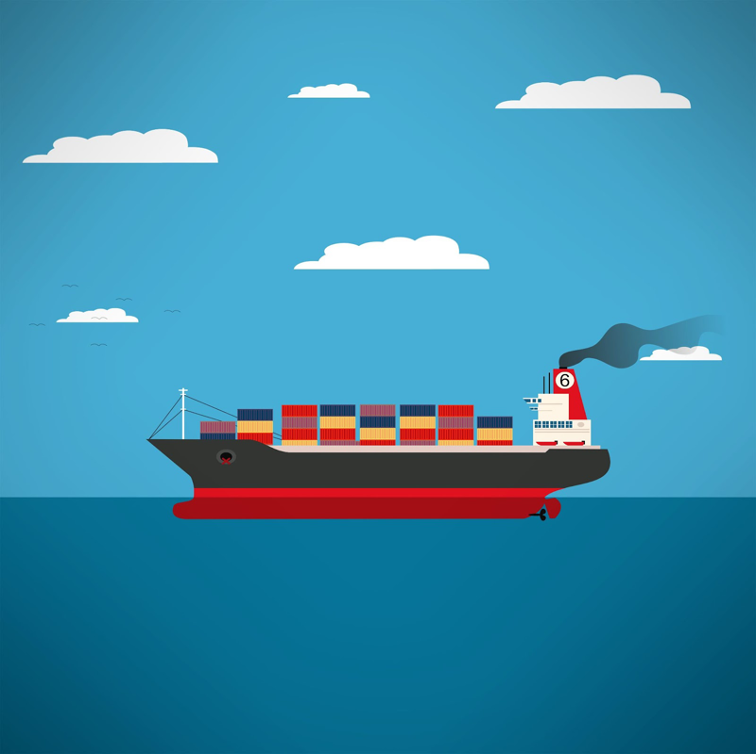Authors: Will Kingston-Cox, Ilaria Lorusso, Margherita Ceserani, Shahin Modarres - Iran Team
The Russo-Iranian strategic military cooperation in the Red Sea unfolds against the backdrop of a multifaceted and changing geopolitical scenario. The evolving situation in the area prompts a reevaluation of the Russo-Iranian partnership, drawing parallels with their collaboration in Ukraine. While historical dynamics may inform the alliance, the Red Sea theater introduces a maritime dimension, reflecting an adaptive strategy. The interstate treaty between Tehran and Moscow further solidifies their alliance, positioning Iran strategically alongside Russia and China, as geopolitical alignments shift post-Russia's invasion of Ukraine1.
As Iran rejects US’s accusation of its support to the Houthis’ attacks, in turn linked to the conflict unfolding in the Gaza Strip, the complexities in the Red Sea underscore the delicate nature of their partnership and the need for a nuanced analysis considering historical context and evolving geopolitical dynamics. In this context, this article will attempt at providing such a summary of the Russo-Iranian partnership so far, and what prospect for the latter the new scenario in the Red Sea holds2.
On 17 January 2024, Maria Zakharova, the Kremlin’s spokeswoman, announced that Russia and Iran will sign a new comprehensive interstate cooperation agreement imminently3. This treaty, a furtherance of the Russo-Iranian strategic partnership already evident in Ukraine and before, will serve to consolidate this strategic partnership and entrench it both politically and legally. The signing, as told by Zakharova, has been expedited by the changing international context, a reference perhaps to the global discord resultant from conflicts in Ukraine and, pertinently, the Red Sea region. Such a contention is affirmed by prior comments from the Kremlin in November 2023, in which it was announced that significant work in deepening and developing “military-technical cooperation” was under way4.
It is important to emphasise the importance of such an agreement’s final draft being catalysed by events in the Red Sea, pertinently those relating to the Yemeni Houthis and the Red Sea shipping route. British and American strikes, described as “defensive” by NATO, on Yemeni Houthis on 11th January were condemned by Moscow, with Putin’s spokesman Dmitry Peskov denouncing them as “illegitimate” and that the Western coalition were seeking to manipulate the international legal order. Tehran’s stance, too, was resolute. Nasser Kanaani, the spokesperson for the Iranian foreign ministry, derided the coalition strikes as “arbitrary” and “[in clear breach of Yemeni’s] sovereignty and territorial integrity…against international law.”
The level to which Iran involves itself, be it politically, diplomatically, or militarily, will undoubtedly concern the actions of policymakers in Moscow. The degree to which the Russo-Iranian politically-military strategic partnership will be seen in the Red Sea will depend on the extent to which the current Houthi conflict embroils Tehran.
Since the 1979 revolution, the Houthis have been intricately tied to the Islamic Republic of Iran, functioning as one of its proxy groups. This relationship unfolds against the backdrop of international sanctions, shaping Iran's defense strategy. Unable to engage in research development or scientific collaboration in defense due to sanctions, Iran has devised a defense doctrine grounded in two key pillars: proxy groups and a ballistic program.
The first pillar, involving proxy groups, has seen Iran establish and support various entities across Iraq, Lebanon, Syria, Yemen, Israel, and neighboring countries. The primary objective seems to be destabilizing regional and international security, and strategically deploying conflicts as leverage during negotiations.
The turning point emerged after the October 7th attack, prompting the Islamic Republic to perceive a threat to what it terms the "axis of resistance." In response to diminishing Hamas influence within the Gaza Strip and an effort to alleviate pressure on the group, Iran allegedly directed the Houthis in Yemen to escalate security destabilisation in the Red Sea and Bab el-Mandeb Strait region.

Backed and provided by Iran, the Houthis pose a multifaceted threat against maritime security and Israel in the region. The first dimension involves the use of missiles sourced from Iran, followed by the deployment of drones also supplied by the Islamic Republic. Lastly, the Houthis reportedly possess and have been strategically placing sea mines since 2021 in the Red Sea, adding another layer of complexity to the threat.
Considering that a substantial 12% of international trade traverses the Red Sea and Bab el-Mandeb Strait, the ongoing situation becomes increasingly untenable5. The intersection of geopolitical interests, proxy dynamics, and strategic maneuvers underscores the urgent need for international attention and diplomatic resolution to avert potential catastrophe in this crucial maritime passage.
While the Houthis, threaten commercial shipping in the Red Sea, oil has so far continued flowing. According to one Houthis political leader, Mohammed al-Bukhaiti, maritime routes around Yemen are safe for Chinese and Russian vessels, as long as they are not associated with Israel. Moscow, while publicly indicating support for Washington's efforts to maintain order in the Red Sea, has only a small amount of its trade passing through the Suez Canal. Moreover, Russian officials suggest that the Red Sea crisis could potentially redirect shipping to the Northern Sea Route or the North-South Transport Corridor via Iran to the Indian Ocean.
All in all, the renewed Russo-Iranian strategic partnership, in the Middle East space on this occasion, represents an adaptive response to the changing geopolitical landscape. The intricacies of the Red Sea, added to the Iranian grip on the Houthis, brings another dimension to the relationship between the two states. In this article, we have demonstrated how the partnership's strategic implications and the evolving nature of conflicts in the region underscore the need for a multilevel approach while addressing today’s complexities and potential risks in the Red Sea.
- https://www.itssverona.it/what-is-the-future-of-russo-iranian-military-relations ↩︎
- https://www.nytimes.com/2024/01/07/us/politics/iran-us-israel-conflict.html;
https://www.aljazeera.com/news/2023/12/23/us-accuses-iran-of-being-deeply-involved-in-houthi-attacks-in-red-sea
https://www.ispionline.it/en/publication/walking-a-tightrope-what-is-irans-current-strategy-161592 ↩︎ - https://www.reuters.com/world/putin-irans-raisi-sign-new-interstate-treaty-soon-russia-2024-01-17/ ↩︎
- https://www.aljazeera.com/news/2023/11/22/ukraine-claims-downing-barrage-from-russia-rare-iranian-made-drone ↩︎
- https://www.bbc.com/future/article/20240119-red-sea-crisis-how-global-shipping-is-being-rerouted-out-of-danger ↩︎
